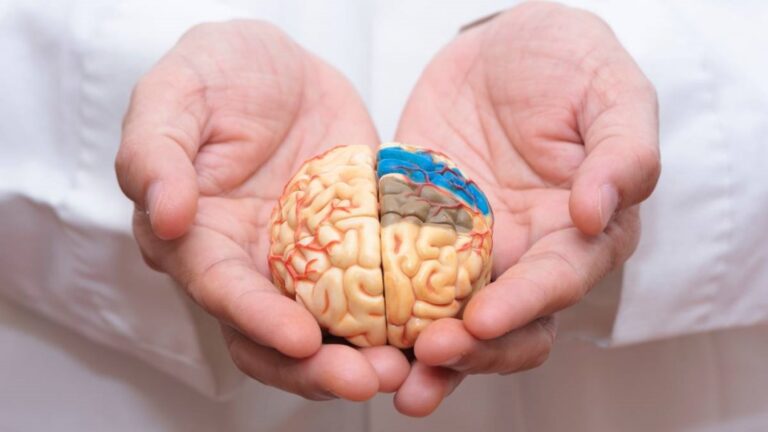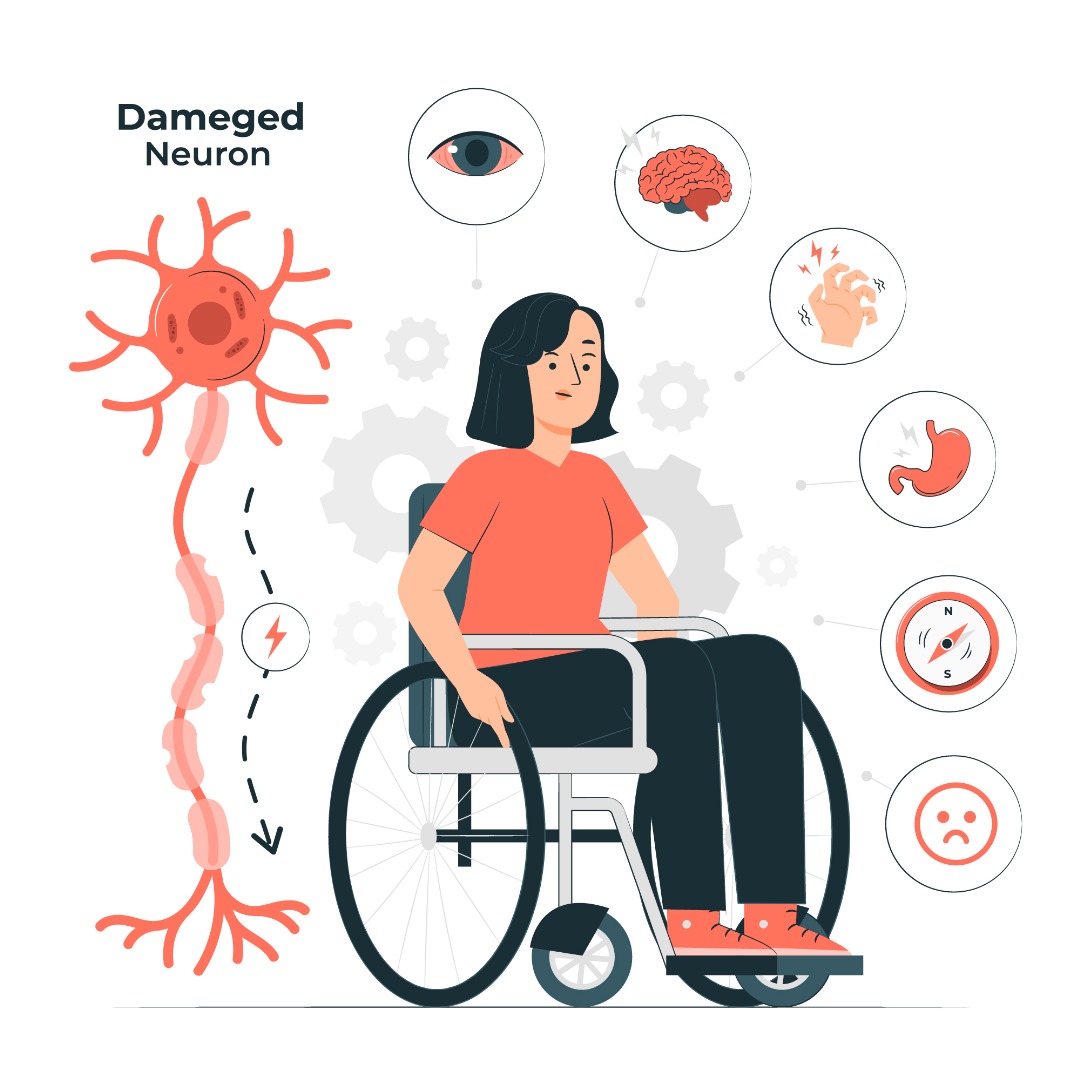The Role of Stem Cell Therapy in Stroke Recovery
by Amanda E. Lampong


Rebuilding life after a stroke may be difficult due to the brain damage that occurs as a result of this unwanted condition. This disease impacts not just physical but also cognitive and neurological abilities, and it is the leading cause of mortality and disability globally.
We all know that stroke can cause disability. However, do you know the types of disabilities that stroke victims face? After having a stroke, there are several common disabilities that can happened, which are:
- Difficulty speaking
- Paralysis or weakness on one side of the body
- Restricted physical abilities
- Memory loss
- Loss of bladder control
- Loss of control over other bodily functions
- Unable to consume food
Throughout the years, stroke treatment is only focused on rehabilitation and adaptation. However, the presence of stem cell therapy brings hope for natural recovery. There are many different kinds of stem cells, but the most recent are called Induced Pluripotent Stem Cells (iPSCs). The iPSCs are pluripotent as they can continuously regenerate cells. The iPSCs are also called the most efficient regenerative medicine as there are three primary cellular layers of iPSCs, namely, Ectoderm, Mesoderm and Endoderm, and these three are able to regenerate more than 220 cell types in the body.
Stroke happens when the blood supply to the brain is interrupted. Therefore, the iPSCs with Ectoderm have the potential in treating stroke because it has the ability to rejuvenate and repair the nervous system through the regeneration of the brain, including nerve network and spinal cord.
The focus of stem cell therapy for stroke is using the iPSCs to replace damaged brain tissue and support the recovery of lost brain functions. With the ability to differentiate into other cell types, including neurons and brain cell, this advanced stem cell have the potential to help improve stroke recovery by reducing inflammation, promoting neurogenesis and restoring blood flow to the affected brain areas. By generating new neurons, stem cell therapy can help restore cognitive and motor functions that may have been impaired, as well as, promote healing and reduce oxidate stress and create a regenerative environment.
The healing process is depending on the severity of the stroke, the location of the injury and the individual’s overall health. However, various treatments and therapies, such as stem cells and physical therapy, may help promote functional recovery and speed up healing.
Living a life free from the fear of stroke is a celebration of the precious gift of health and happiness. Thus, for those who are suffering with stroke or want a stroke-free life, we at Swiss Stem Cell welcome your visit as we provide free consultation about your health needs whether it concerns with stroke or not.

